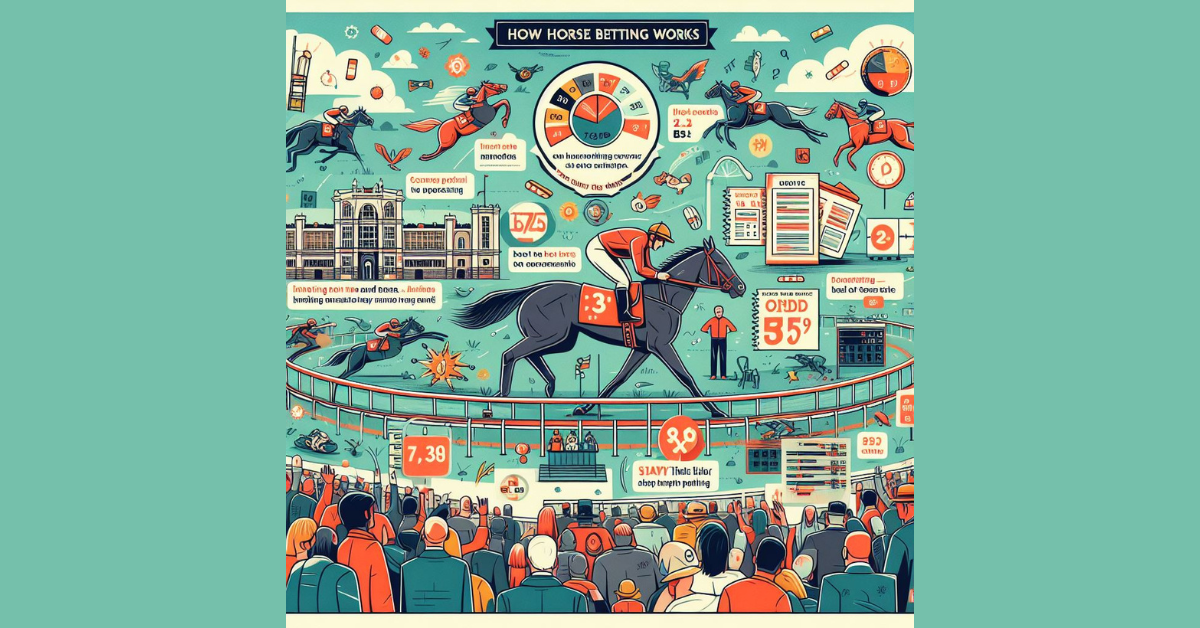Horse Racing Basics
Horse racing has been a popular sport for centuries, dating back to ancient civilizations. The basic premise of horse racing involves horses running around a track in competition with one another. Riders, known as jockeys, control the horses and steer them towards the finish line. Races are typically run over different distances, with varying types of surfaces and tracks.
Thoroughbred racing is the most common type of horse racing, where horses are bred and trained specifically for racing purposes. These horses are known for their speed, agility, and endurance, making them ideal for competitive racing events. Along with Thoroughbred racing, other popular forms of horse racing include Quarter Horse racing and Standardbred racing. Each type of racing has its own unique characteristics and fan base, adding to the diversity and excitement of the sport.
Types of Horse Bets
When it comes to horse racing, there are several types of bets that you can place. One common bet is the “win” bet, where you simply pick the horse you believe will come in first place. Another popular bet is the “place” bet, where you select a horse to finish either first or second. Additionally, there is the “show” bet, where you choose a horse to finish in the top three positions. These basic bets are a great starting point for beginners in horse racing betting.
For those looking to add more excitement to their bets, there are more advanced options available. One example is the “exacta” bet, where you predict the top two horses in the exact order of finish. Another option is the “trifecta” bet, where you must correctly select the top three horses in the exact order they finish. These types of bets offer higher payouts but also require more skill and luck to win.
Understanding Odds in Horse Betting
When it comes to horse betting, understanding the odds is crucial for making informed decisions. Odds in horse racing are displayed in either fractional or decimal form. For example, if a horse has odds of 5/1, it means the horse is expected to win once in every five races. On the other hand, decimal odds represent the total payout, including the initial stake. For instance, if a horse has odds of 3.00, it means a $1 bet would return $3 in total.
Odds also reflect the perceived probability of a horse winning a race. The lower the odds, the higher the chances the horse is predicted to win. Conversely, higher odds indicate a lower probability of winning. Understanding how odds work can help bettors gauge the level of risk involved in a particular wager and make more calculated bets.
Factors to Consider Before Placing a Bet
Before placing a bet on a horse race, it’s essential to thoroughly assess the form of the horses and their recent performances. Look at factors such as past race results, track conditions, jockey and trainer statistics, as well as any recent injuries or changes in equipment. Understanding the current form of the horses and how they have historically fared in similar conditions can provide valuable insight into their chances of success in the upcoming race.
Additionally, consider the odds offered on each horse before making a decision. Higher odds may indicate that a horse is considered less likely to win by bookmakers, but it also means a potentially higher payout if that horse does emerge victorious. Conversely, lower odds suggest a higher likelihood of winning but with a lower payout. Balancing the risk and reward based on the odds offered is a crucial aspect of making informed betting decisions in horse racing.
Different Types of Horse Racing
There are various types of horse racing events that cater to different preferences and skill levels within the sport. One popular form of horse racing is flat racing, where horses race on a level track without any obstacles. This type of racing is known for its speed and athleticism, making it a thrilling spectacle for spectators.
On the other hand, jump racing, also known as steeplechase or hurdles racing, involves horses racing over obstacles such as fences and hurdles. This form of racing requires not only speed but also agility and endurance from the horses. Jump racing adds an element of excitement and challenge, attracting a different audience within the horse racing community.















